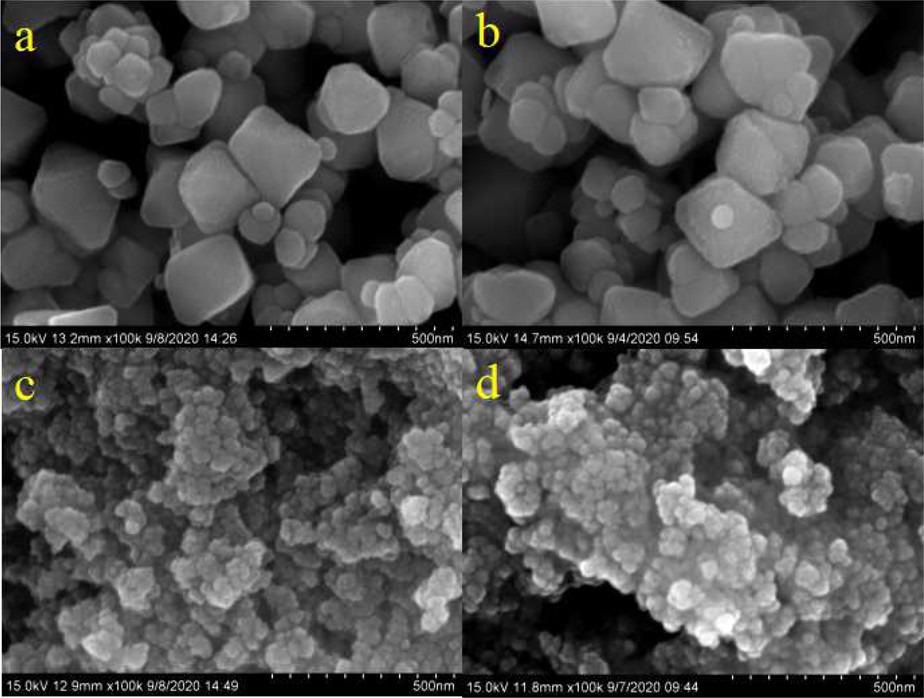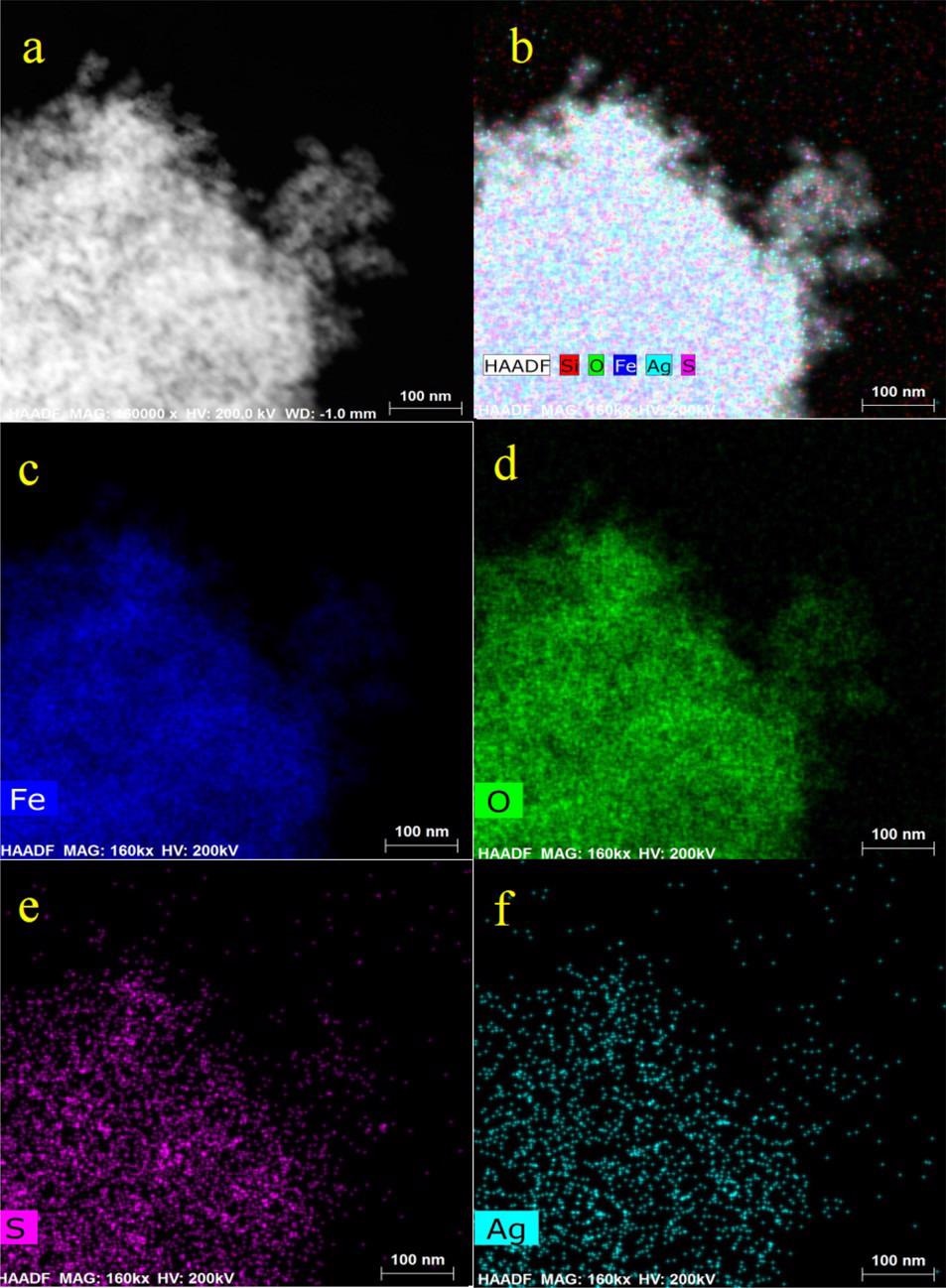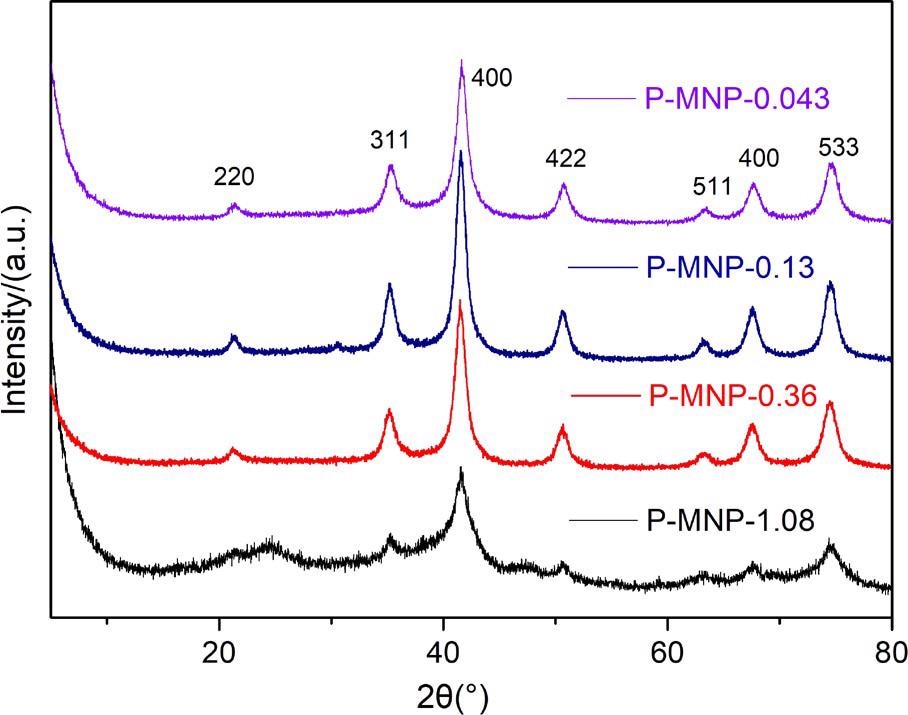In a study published recently in the journal ACS Omega, the manufacturing and packaging of nano-Fe3O4 were accomplished using facile precipitation. Triethoxysilane was chemically integrated into Fe3O4 nanoparticles, and the Fe3O4 center was enclosed by nanosilver to produce unique magnetic nanomaterials (P-MNP@Ag) that can help to identify fingerprints at crime scene investigations.

Study: Preparation of Novel Magnetic Nanomaterials Based on “Facile Coprecipitation” for Developing Latent Fingerprints (LFP) in Crime Scenes. Image Credit: EVA CARRE/Shutterstock.com
Nanotechnology for Production of LFP
The application of new nanomaterials, particularly magnetic nanoparticles, to the production of latent fingerprints (LFP) has risen to the top of the priority list for forensic experts and investigative agencies in recent years.
Fe3O4 nanoparticles, which are a reusable and eco-friendly material, have a remarkable influence on the visualization of LFP because of their ability to absorb light.
When a fingertip contacts an item, the chemicals on the pointed grooves are added to the surface, resulting in the formation of a fingerprint on the material.

SEM of magnetic nanomaterials Fe3O4 (a), S-MNP@Ag (b), P-MNP-0.13 (c), and P-MNP@Ag (d). © Wan, J. et al. (2022).
The use of biometrics in evidence collection for the identification of specific offenders has been crucial since the late nineteenth century, and biometrics are now referred to as "the first evidence" in solving crimes.
Although the fingerprints are easily observable in the majority of situations, these latent fingerprints (LFP) must be developed to make them apparent to the human eye.
By visualizing and analyzing LFP, not only can thumbprint tracking be conducted to identify suspected criminals, but it can also be used to identify bombs and contaminants, drugs and their bioactive components, and biological details that fingerprints have left.
Benefits of Magnetic Nanomaterials
Compared to conventional techniques and approaches, the powder method is frequently employed in the criminal technology field because of its superior benefits, such as ease of production, portability, and cheap cost.
Magnetic nanoparticles offer unique qualities and benefits in terms of tiny shape, optical characteristics, magnetic properties, and biocompatibility based on the special nanoparticles.
Magnetic nanoparticles have been broadly used in the visualization of LFP and can be used as shippers for labeling, doping, magnetic immobilization, and genetic data amplification (PCR), to detect and evaluate forensic evidence such as human metabolites, stimulants, toxins, and their metabolic products, bombs, and by-products in fingerprint compounds.

STEM images of magnetic nanomaterials P-MNP@Ag (a), scanning mapping of Fe, O, S, Ag, and Si elements (b), and scanning mapping of Fe elements (c), O elements (d), S elements (e), and Ag elements (f). Scale bars are 100 nm. © Wan, J. et al. (2022).
Magnetic Nanoparticles for LFP Applications
Compared to alternative approaches and strategies for developing LFP, the use of magnetic nanoparticles offers three advantages: the first one is the capacity to recycle.
Magnetic nanoparticles have a high polarity. Surplus chemicals may be reused and utilized by employing a magnetic brushing or an external magnetic field, which can avoid the development of aerosols created by tiny particles dispersion in the air, creating additional harm to the health of federal prosecutors.
The second characteristic is minimal DNA hazard. The visualization of LFP at criminal investigations may give fingerprints and genetic details about the convicted criminal.
Following the development of LFP using magnetic nanoparticles, trace quantities of contact DNA may be effectively recovered, and genetic data can subsequently be evaluated.
The final advantage is the ability to produce high specificity. Because of their tiny particle diameter, magnetic nanoparticles may vividly represent the specifics of fingerprint submandibular patterns and sweat pore features with a minimum quantity.
Creation of LFP Using Magnetic Nanoparticles
Magnetic nanoparticles have been frequently employed in the area of producing LFP at forensic evidence in the past few years, with good results. There have been several reports on the creation of LEP using magnetic nanoparticles. However, the most common reagents used to create LFP are raw Fe3O4 nanoparticles, magnetic small particle suspension (SPR), magnetically doped nanomaterials, which have the drawbacks of being difficult to prepare and having poor responsiveness.

High-angle X-ray diffraction of magnetic nanomaterials (P-MNP-0.043, P-MNP-0.13, P-MNP-0.36, and P-MNP-1.08). © Wan, J. et al. (2022).
Concluding Remarks
P-Magnetic Nano Particles@Silver with a core-shell structure was created via "facile coprecipitation" in this work, whereas S- Magnetic Nano Particles@Silver was created by surface treatment for comparison.
SEM, TEM, XRD, IR, XPS, and VSM were used to characterize the content, shape, and characteristics of the aforesaid substances.
P- Magnetic Nano Particles@Silver were a new form of a superparamagnetic particle with a trans cubic spinel structure, strong magnetic penetration, minimal conductivity, and no remanences. It has the benefits of being compact, having excellent dissolvability, having a high adsorption capability, being magnetic, and being recyclable.
The novel magnetic nanoparticles P- Magnetic Nano Particles@Silver has been implemented to visualize LFP in the criminal investigations of certain cases, and the recognition of suspected criminals was proved through biometric relation, which was validated by the national police department and had a promising potential for effective implications.
Continue reading: Is Forensic Analysis Benefitted by Nanotechnology?
Reference
Wan, J. et al. (2022). Preparation of Novel Magnetic Nanomaterials Based on "Facile Coprecipitation" for Developing Latent Fingerprints (LFP) in Crime Scenes. ACS Omega. Available at: https://pubs.acs.org/doi/10.1021/acsomega.1c04208
Disclaimer: The views expressed here are those of the author expressed in their private capacity and do not necessarily represent the views of AZoM.com Limited T/A AZoNetwork the owner and operator of this website. This disclaimer forms part of the Terms and conditions of use of this website.